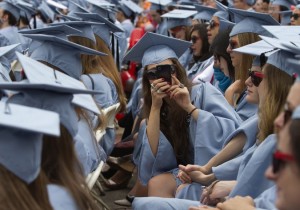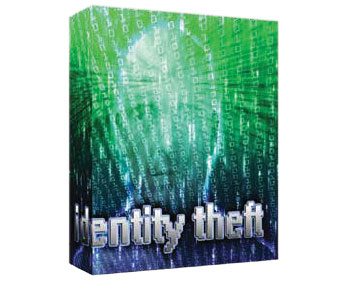We all know about selfies, a word that did not exist when I graduated college. Come to think of it, cell phones have come about since I graduated college. During a trip to Gatlinburg, Tennessee during Christmas last year, I treated my 75 year old father to a facebook posted selfie of the two of us enjoying breakfast at possibly the greatest restaurant in the world… The Pancake Pantry. Dad was not really impressed.
ABC announced a new show titled “Selfie” will premier this fall. A love story of sorts, a love of “likes” by a self-obsessed woman who “After suffering a very public and humiliating breakup, she becomes the subject of a viral video and suddenly has more social media ‘followers’ that she ever imagined – but for all the wrong reasons. She enlists the help of a marketing expert at her company to help her repair her tarnished image.” Not sure how this show can possibly last more than one season.
This year colleges are banning the selfie at graduation. More specifically, they are banning selfies on the podium as soon to be graduates cross the stage for their diploma. Having been involved with the planning and execution of many graduations that were strategically planned, rehearsed and choreographed with military-like precision; an unplanned selfie can throw the entire event into a catastrophic free for all. Not really, but if a significant number of graduates pause for even 10 seconds it can be annoying for the rest of us who are not so narcissistic.
This may be the one event where there are more photos being taken per square foot by proud family and friends as you cross the stage than you could possibly post to your social media page. There is no need for that selfie here.
It could be worse, just think of the problem selfies would have caused when I graduated. Where to store that Polaroid and then the incessant shaking to see if the photo developed before one would leave the stage.
What do you think about this issue? Share with me below or on my social networks.



 Yesterday’s Security-Today.com article, by David Rizzo, entitled “The Next Step in ID Verification”
Yesterday’s Security-Today.com article, by David Rizzo, entitled “The Next Step in ID Verification”